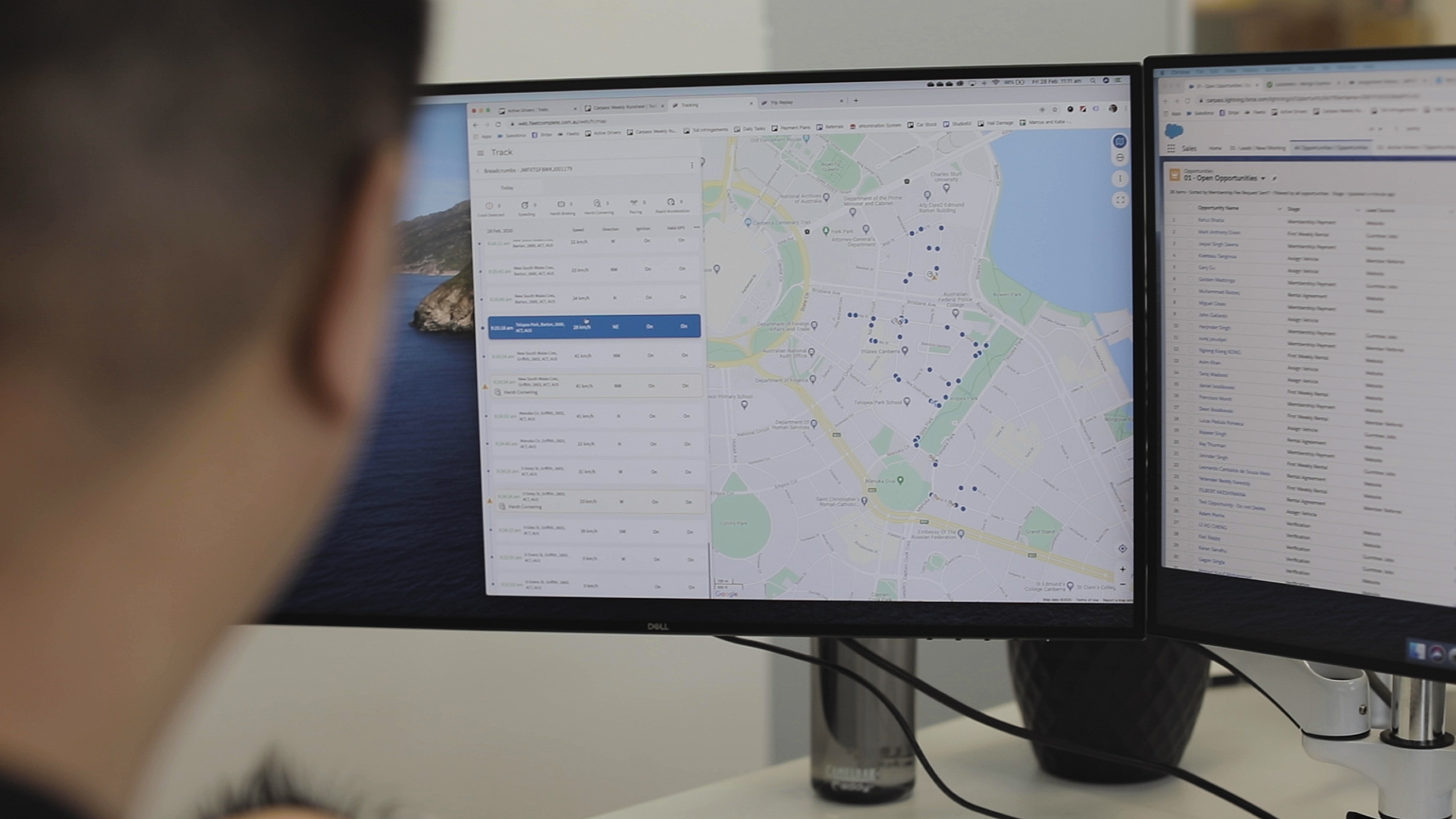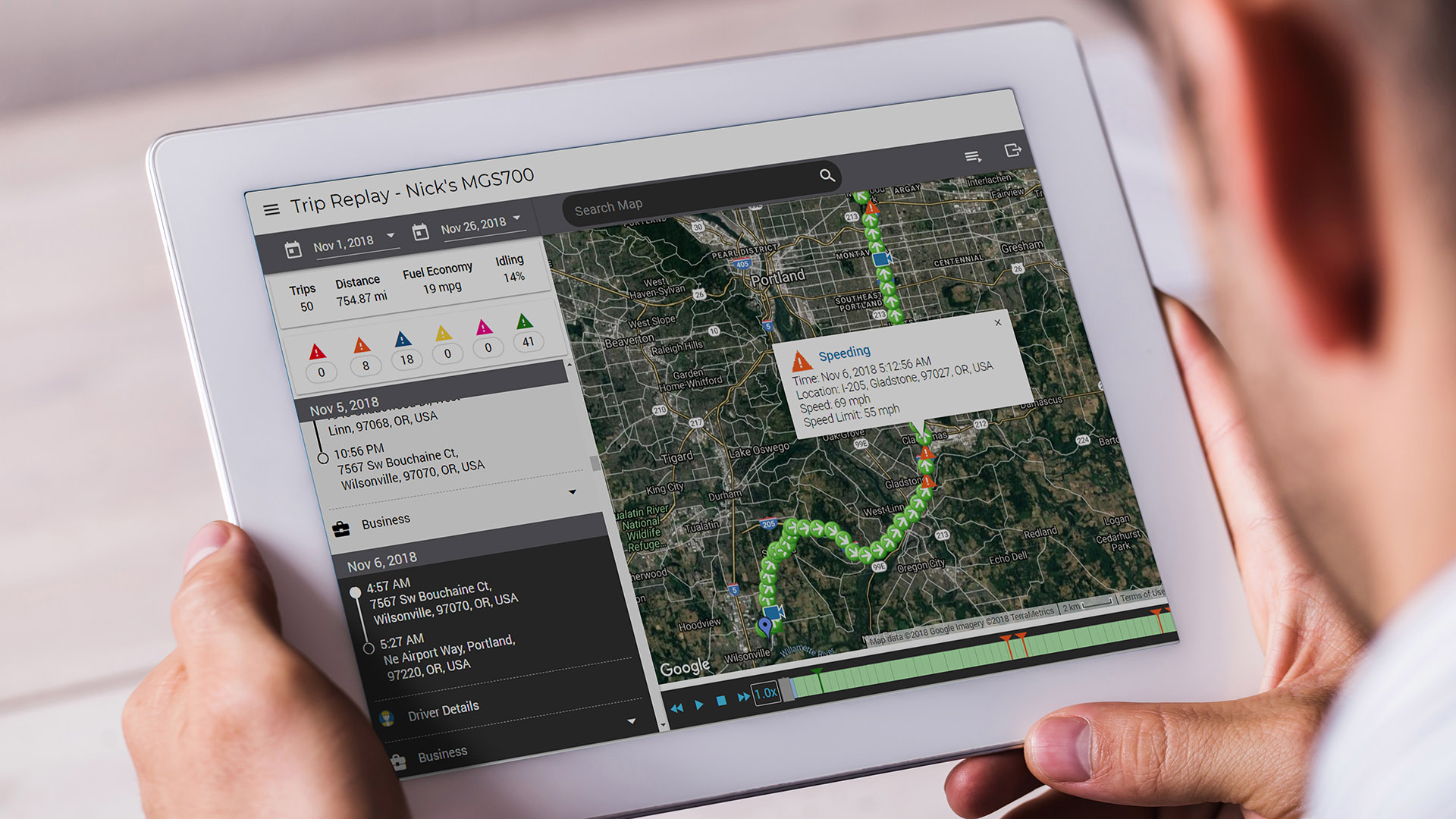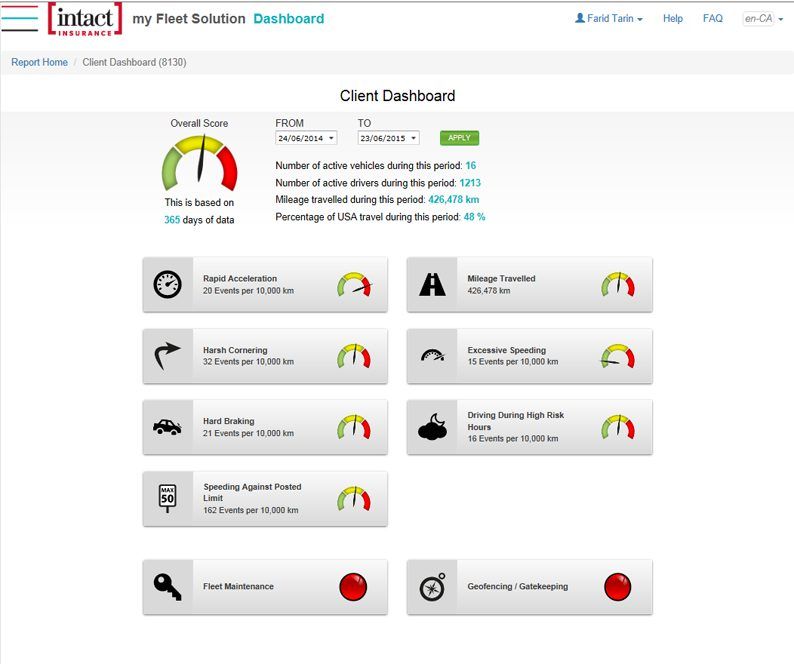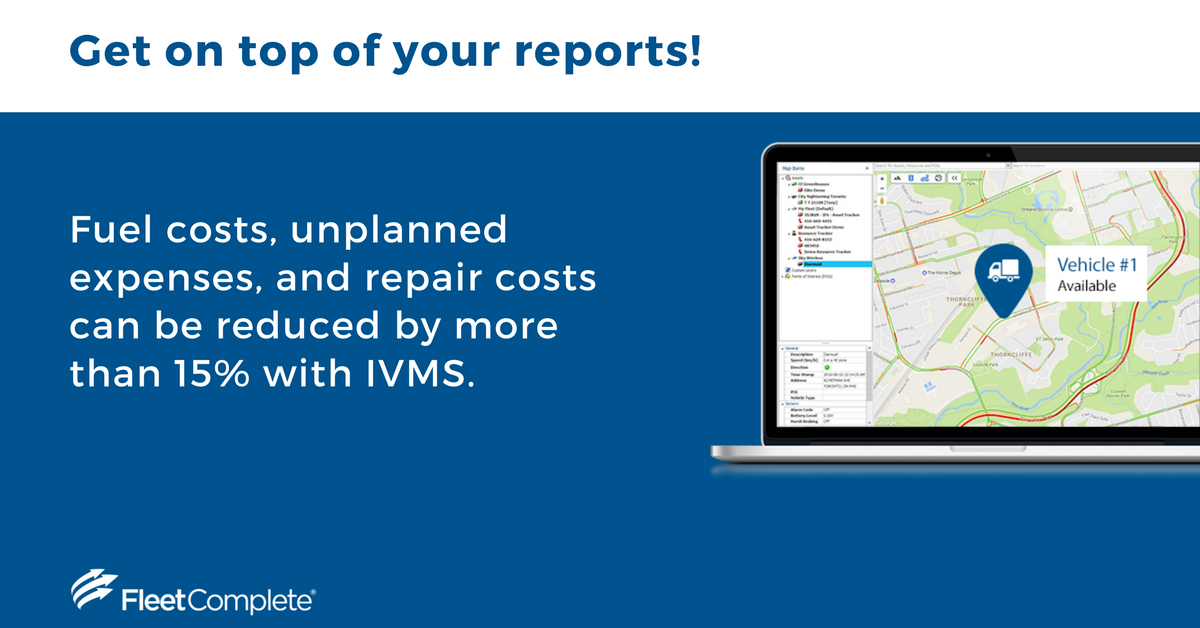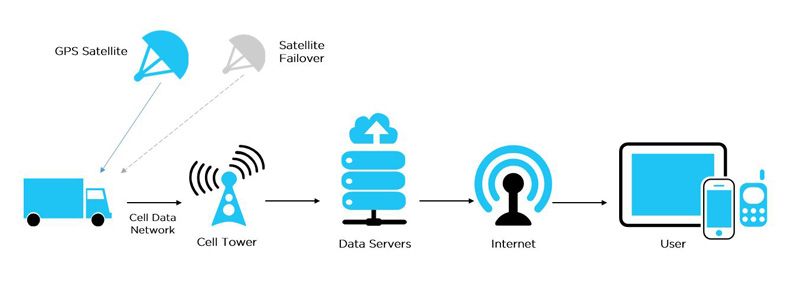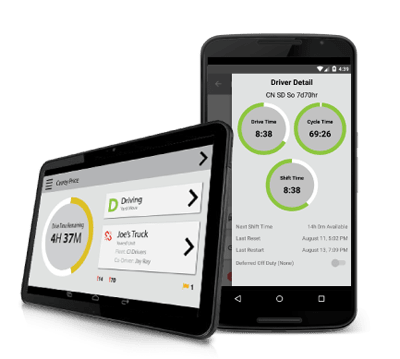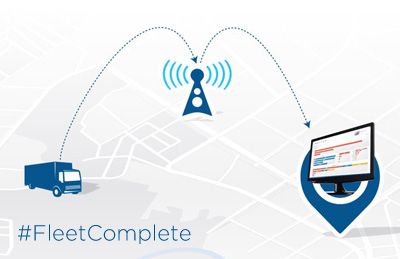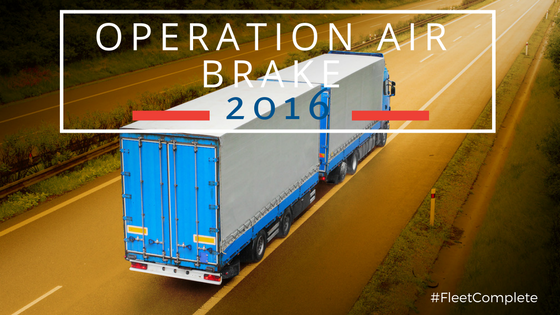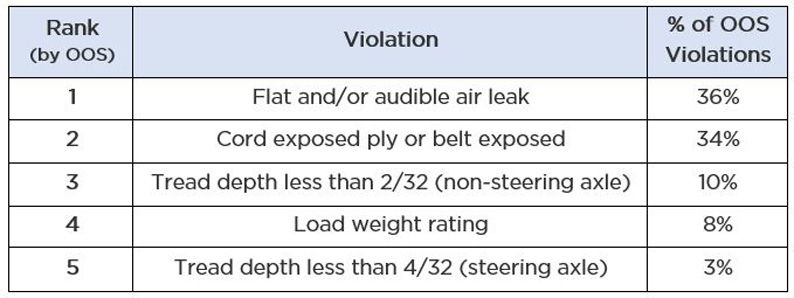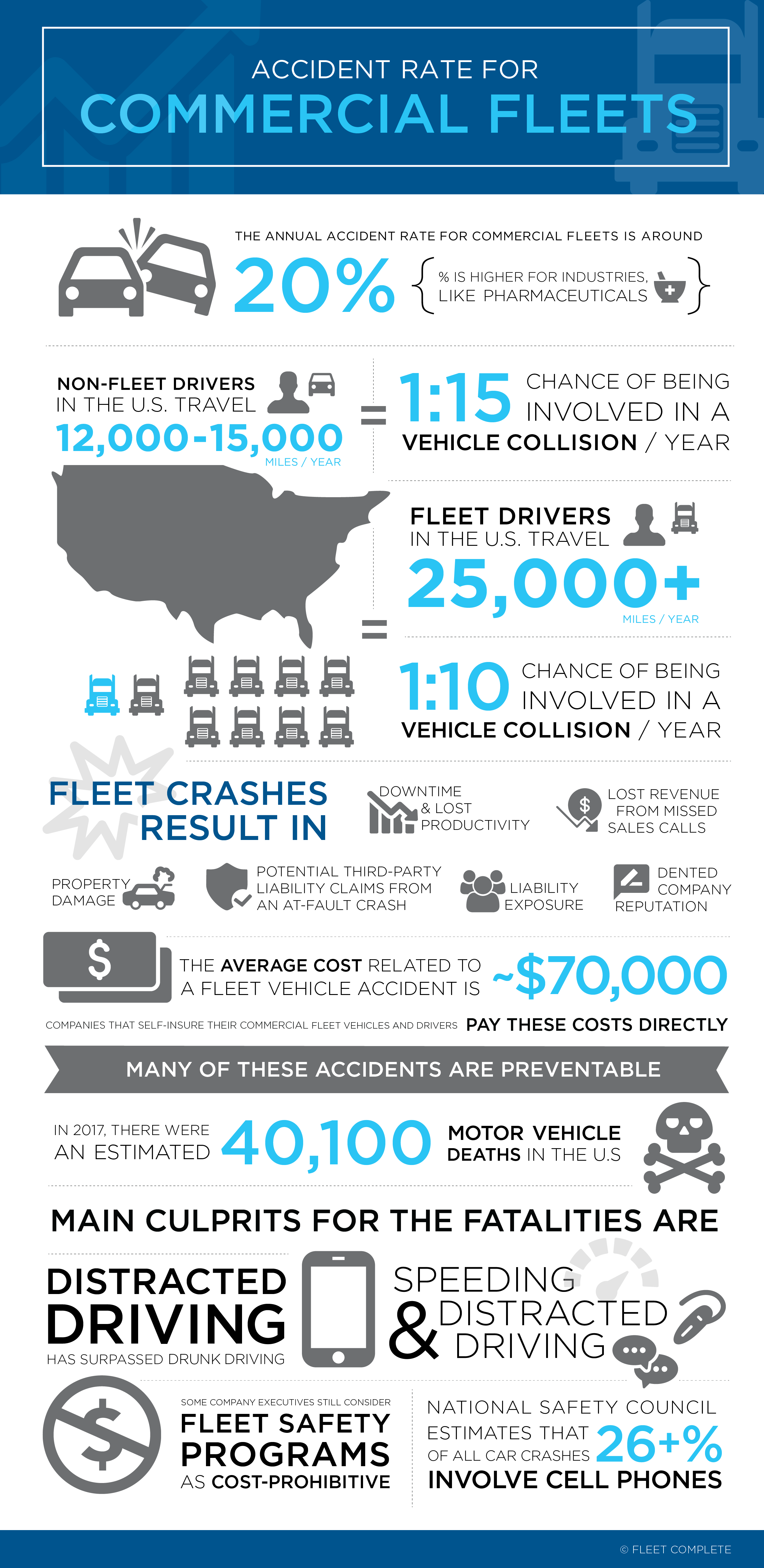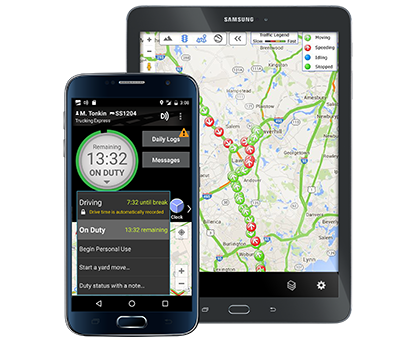Contrary to the popular belief that truck drivers are old boys driving in a new world, with today’s stringent regulations and technology that is used to safely and efficiently move goods across the continent, drivers are becoming increasingly sophisticated and tech-savvy.
With that in mind, truck driver training has followed this logical evolution as well.

There are many forms of truck driver training for commercial fleets today, from truck driving schools, to online courses, to on-campus classes, to textbooks, to one-on-one mentorship. So, how to know what is the best approach to train your drivers?
Optimizing the investment of time and money
When you’re a commercial driver, your time is precious. Everyone knows that when truck drivers are in training and not on the road, they are not making money.
In-person training is more expensive, because truck drivers need to use their on-duty hours to go on location, purchase course materials, and accommodate the course work into their busy schedules – which can be demanding.
Online training alone, while potent, less expensive and convenient, is often not enough, because drivers still need to be able to ask questions, have accountability, and get company direction and orientation.
So what kind of driver training model would be the optimal choice?
As you might have guessed by now, it’s a healthy combination of both.
Your new truck drivers do need face time, especially at the beginning, for basic orientation, on-boarding and to stay connected to the company throughout, while online training will save valuable time in between personal check-ins.
To add to their daily safety program routine, there are special video applications available from your current telematics provider. Case in point Vision by Powerfleet (formerly Fleet Complete), provides live voice alerts and video event recording of traffic violations, such as tailgating, speeding and harsh driving, and with a dedicated dashboard that you and your drivers can review on a daily basis.
This way, you can as a fleet manager keep a close eye remotely on your drivers’ areas for improvement and on your fleet’s best-in-class drivers. Your drivers have a personalized in-cab training tool while on the road, along with a dedicated app to review their poor driving behaviours that they can work on independently.
Below, our Safety & Compliance Expert, Marc Moncion, talks about the pros and cons of both online and in-person driver training, and how to tackle this question head on to establish an optimal driver training program that meets the needs of your fleet drivers.
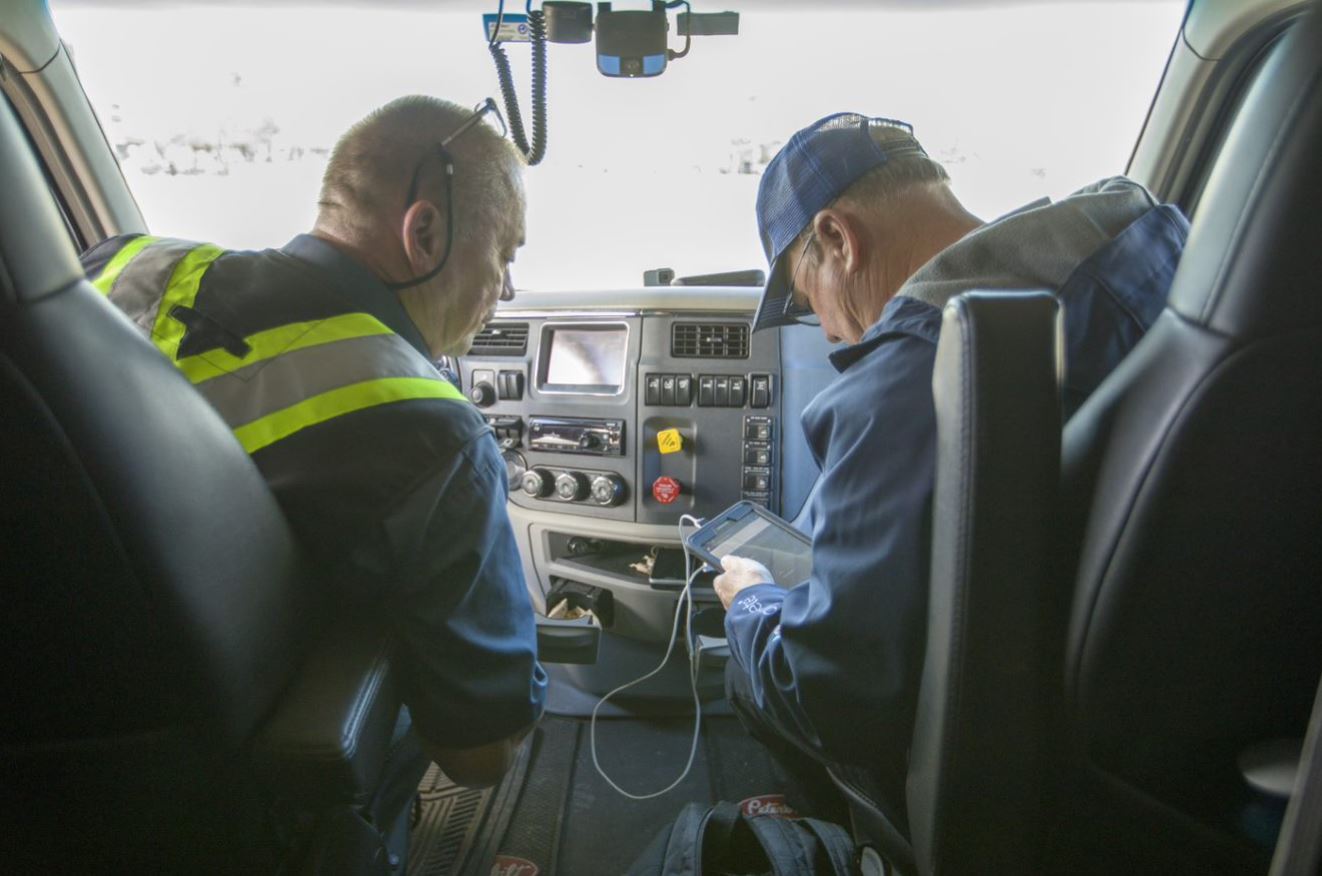
Pros of Traditional Truck Driver Training
1. Total participation: Drivers will have direct interaction with the instructor, and be able to ask questions or more explanation on areas they did not understand, which encourages participative learning.
2. Face to face interaction: Drivers can easily have face-to-face interactions, while solving complex assignments as a group with others also participating in the truck driver training program.
3. Establish responsibility among the drivers: Traditional training programs use a fixed timetable that must be followed by all drivers to help drivers to prepare for future responsibilities.
4. Learn through real examples: Attending classes will enable truck drivers to gain necessary skills and knowledge that can be leveraged to promote their contribution to the trucking industry through real examples.
5. Wide knowledge: Traditional schools equip drivers with a wide scope of knowledge compared to other alternative methods of education. Drivers can learn technical skills, while learning Hands-On.
6. Instructor-centered learning: instructors are the main source of information to the drivers. Instructors not only transfer knowledge to drivers, but also help them focused on the trucking industry. They essentially act as role models to the drivers.
7. Increased student achievement: instructors work together with the drivers to encourage them to improve their driving skills in school. They act as a source of motivation for improving their abilities in the classroom.
Cons of Traditional Truck Driver Training
1. Cost of commuting: Using traditional truck driver training is more expensive due to the increased cost of commuting to the school, and looking for the accommodation within the school environment.
2. No flexible study hours: Drivers working may find it difficult to study in traditional Driver Training due to rigid schedules. Use of modern methods can minimize the challenges faced by drivers.
3. Less time in pursuing other tasks: Drivers have to organize their daily tasks based on class attendance timetable that may leave them with less time to pursue other tasks during a workday.
4. Lack of motivation: Drivers may feel that they do not have the opportunity to express their interests and skills using the traditional Driver Training paradigm. They view attending school as an obligation they are mandated to follow, rather than being there because they want to.
5. Lack of career direction: Allowing drivers to focus on different interests within the school may divert their attention in the classroom, and this may affect their future career growth. Drivers will spend more time and effort learning something that may not help them later in their lives and in their future career.
6. Drivers become passive listeners: in traditional schools, drivers merely absorb the information being taught in class. Drivers are supposed to listen to the instructors, and sometimes their lack interest of in a topic will result in them becoming passive listeners. Drivers have to learn with the pace of their instructors.
7. Use of authoritarian approach: instructors use their authority in making all the decisions concerning drivers, leaving them with no room to express themselves. This can widen the gap between instructors and drivers.
Pros of Online Driver Training
The ability to take complete a Driver Training program online is invaluable for so many drivers.
In addition, while there are some disadvantages the benefits tend to outweigh them, which is why so many people today are opting to enroll in online Driver Training.
1. Flexible scheduling: Most online courses provide a driver with more flexibility than a traditional on-campus class.
This means a driver can do a coursework around their work schedule and family life. Rather than needing to attend a 9:00 a.m. class every week, a driver can, for the most part, choose when they will study, so long as a driver submits their work by the scheduled deadlines.
2. Faster completion: A large number of Driver Training can offer shorter semesters. Instead of having to attend classes for 16 weeks, a driver can enroll in 8-week online courses, and spend half the time earning a driver credits in that subject.
In many cases, new classes start every month or every other month giving a driver the opportunity to start classes now instead of waiting until the beginning of the traditional fall or spring semester.
3. Study anytime: With online classes, a driver has the ability to study on the fly. A driver may not have a 4-hour block of time to sit down and study, but a driver can fit studying in throughout a driver day. Log on to the message boards while eating breakfast, listen to a lecture on the drive to work, read a few chapters on a driver lunch hour, or take a practice test while preparing dinner.
Studies show that learning in shorter bursts is actually better than long study sessions because it promotes retention and genuine understanding.
4. Login from anywhere: Because online Driver Training courses allow a driver to live virtually anywhere, a driver enjoy the convenience of getting to live where a driver want to or need to, and even travel while a driver is studying.
5. Access to more Driver Training institutions: Depending on the program a driver wants to take, a driver local institution may not offer exactly what a driver are looking for. Nevertheless, with online courses, a driver can take a specialty program at an institution thousands of miles away, without the inconvenience of needing to uproot a driver from their current location.
6. No commute: Commuting to class can waste valuable time! It also makes a driver susceptible to problems beyond a driver control – like traffic congestion, car trouble, and dangerous weather conditions – that can keep a driver from getting to class on time or at all.
To “attend” an online class, a driver just needs to log on! A driver will not waste precious time, or have to worry about what is going on between a driver and campus.
7. Potentially lower costs: One of the main reasons drivers choose an online program is to save money.
The majority of people who study online say that cost is their number one priority. In addition, because drivers are opting for affordability, this means that more and more Driver Training schools are figuring out ways to get creative, so that the cost of these programs can remain affordable.
The main benefit of Online Driver Training is convenience. A driver can learn in the comfort of their home or wherever a driver can get an internet connection. Online courses are available 24/7, allowing a driver to learn when it is convenient for a driver. A driver can log into an Online Driver Training program as frequently as needed, and a driver does not have to spend their weekends or evenings in a classroom. This setup works best for drivers with busy schedules, who may live far from in-person Driver Training facilities, or drivers who would otherwise have difficulty finding a ride to and from Driver Training facilities.
Online Driver Training benefits drivers who work well in self-paced learning environments. Drivers who can keep up with self-taught course work, who don’t need person-to-person attention from an instructor, and who do not need a traditional classroom setting to learn may like online Driver Training. Online programs provide access to instructors and additional resources, such as websites and videos, to supplement the online lessons.
A driver can avoid certain costs with online Driver Training, such as gas, parking or public transportation expenses. Online classes are relatively affordable, usually costing between $50 and $100 for the entire course, and may include several opportunities to take sample written exams. Some online Driver Training schools allow a driver to pay only a portion of the fee upfront, which gives a driver the opportunity to try the program before a making a commitment.
Cons of Online Driver Training
The disadvantages of Online Classes:
1. No face-to-face interaction
2. Not all majors are available
3. Increased personal responsibility
4. Networking challenges
5. Requires self-direction
Online programs are not highly regulated. As a result, the quality of Driver Training can vary greatly. A truck driver cannot learn to drive a truck online. Therefore, drivers should already have their necessary driving license and endorsements prior to undertaking the online truck driving courses.
Online Driver Training is not necessarily the fastest route to becoming a professional truck driver. A good Driver Training program course should last at least four to six weeks to prevent drivers from speeding through material and missing the fundamentals that will make them safe professional truck drivers. Self-paced learning can take longer than in-person Driver Training if drivers only log in to the course sparingly, sporadically or for a few minutes at a time.
The abundance of online Driver Training programs can make it difficult to choose the best. Check if an online driver education program is part of the Better Business Bureau, if it belongs to any professional organizations, and get references and reviews from people a driver knows, or from reputable online websites.

































